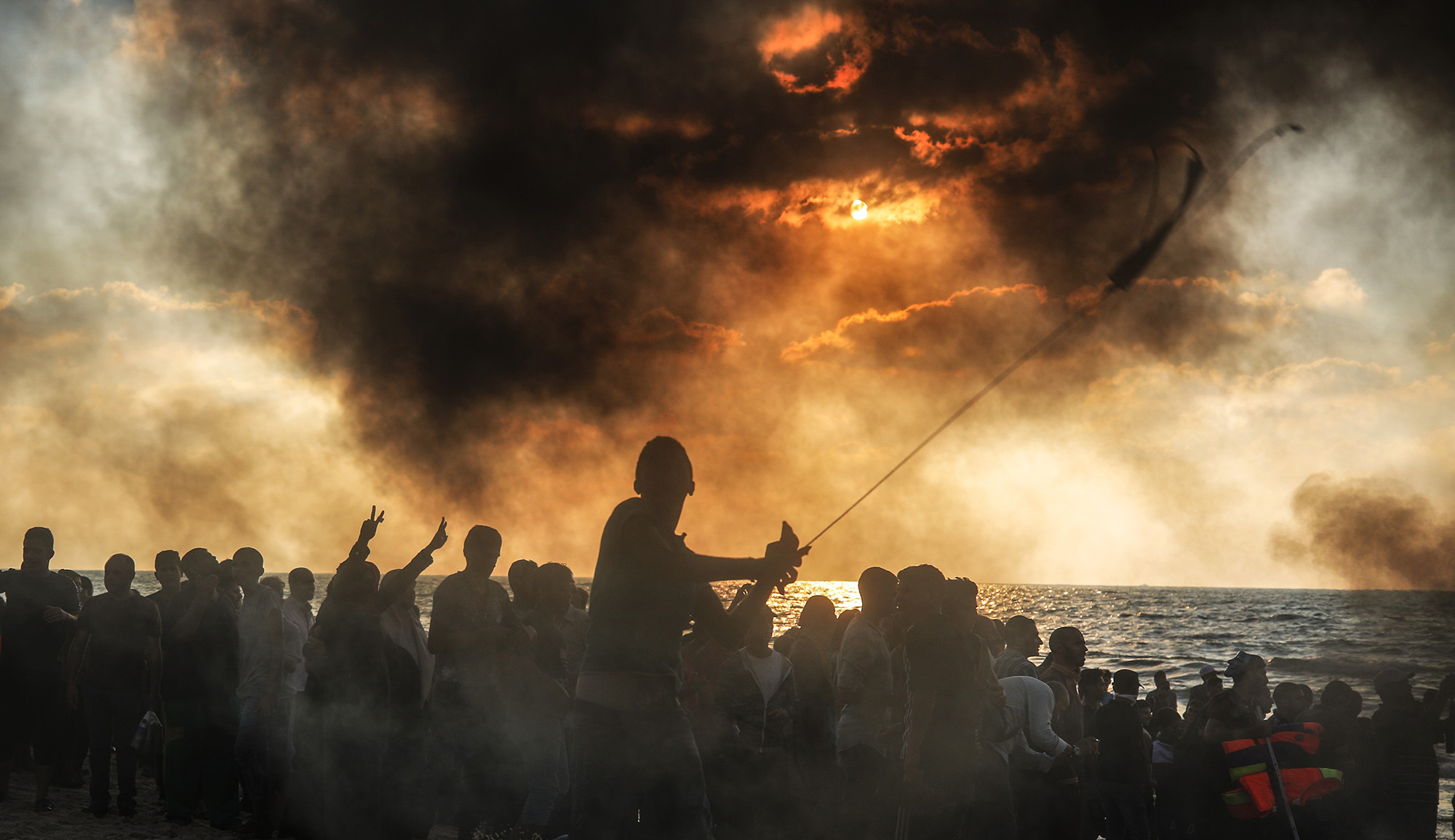Currently the Palestinian branch of Defense for Children International—an organization founded in 1979 to combat the human trafficking of minors—is running a “no way to treat a child” campaign to combat fictitious mistreatment of Palestinian children by the IDF. The group, which goes by the acronym DCI-P, has exploited its connection with its parent organization to receive funding and other support from EU institutions and such Western philanthropies as the American Friends Service Committee. But, as Emily Benedek details, DCI-P has such extensive links to the Popular Front for the Liberation of Palestine (PFLP)—the group responsible for the Lod Airport massacre, the hijacking of an Air France flight to Entebbe, and many other acts of terror—that it could reasonably described as the PFLP’s propaganda arm:
The Palestinian branch of DCI, DCI-P, founded in 1991, asserts that although it has pledged to “follow DCI’s mandate to ‘promote and protect children’s rights in accordance with international standards,’” it reserves the right to go its own way, by “autonomously” developing its own programs. . . .
The relationship [between DCI-P and the PFLP was likely] unknown [to] Congresswoman Betty McCollum of Minnesota, who sponsored a bill about Palestinian children that was largely written by DCIP. McCollum introduced this bill in November 2017—HR-4391, “The Promoting of Human Rights by Ending Israeli Military Detention of Palestinian Children Act”—which would prohibit “U.S. assistance to Israel from being used to support the military detention, interrogation, or ill-treatment of Palestinian children in violation of international humanitarian law.”
What the PFLP has not achieved through terror alone, it may now be attempting to achieve through the manipulation of international aid organizations and the language of humanitarian concern for the welfare of children.
More about: Congress, EU, Israel & Zionism, NGO, Palestinian terror, PFLP


